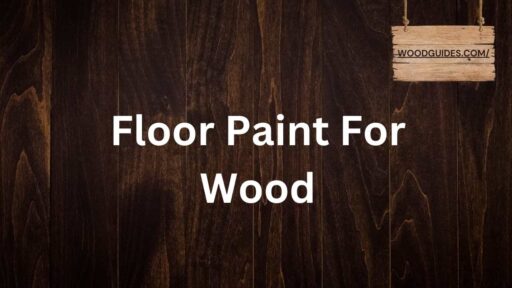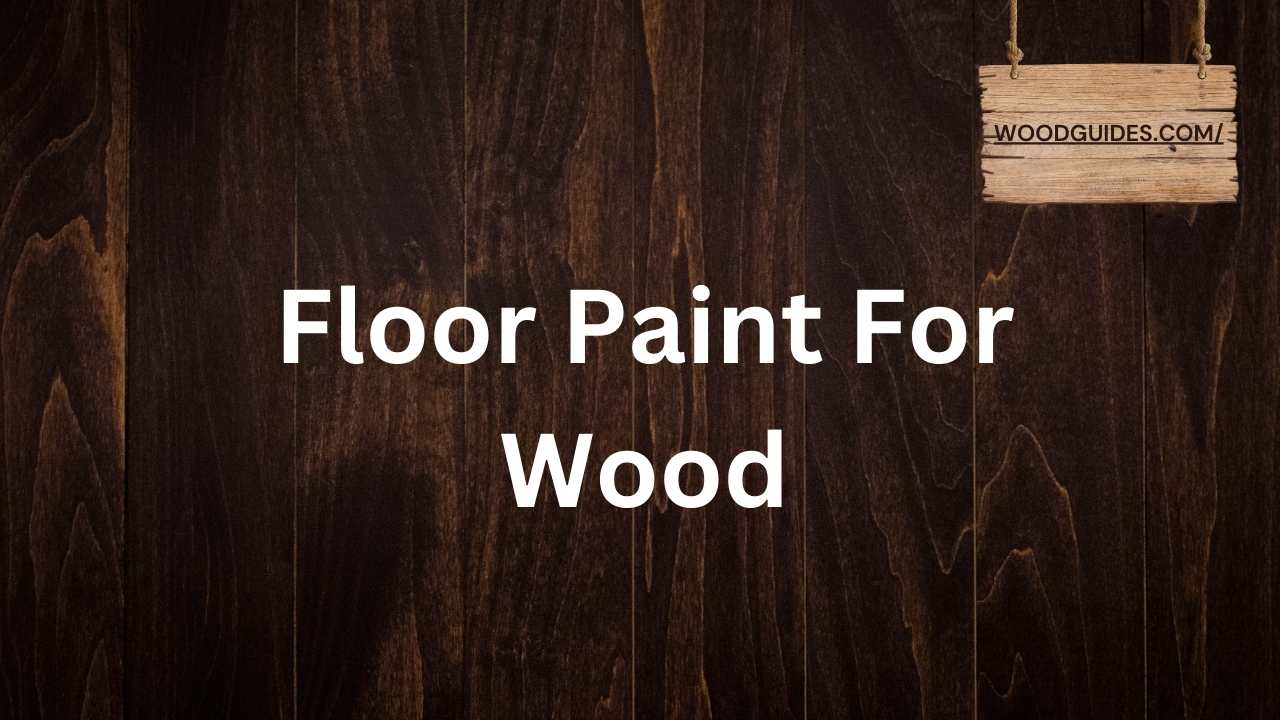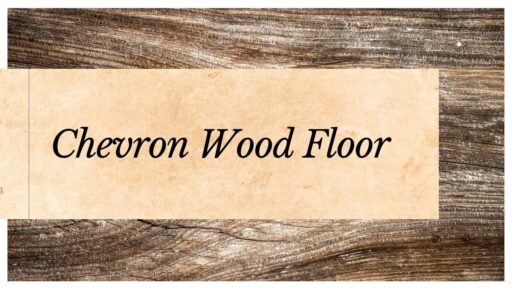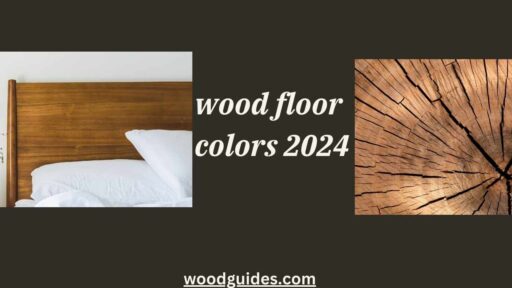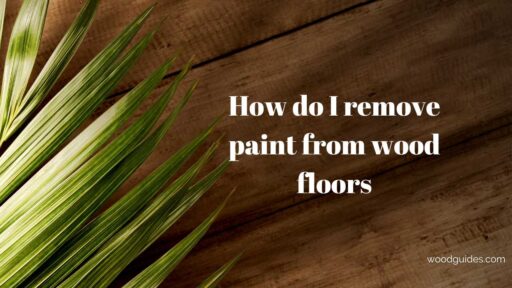Enhance the beauty and longevity of your Floor Paint For Wood with our top-quality floor paint. Choose from a wide range of colors and finishes. Shop now for superior results.
Getting to Know Floor Paint For Wood
A fresh coat of paint on your wood floors can breathe new life into your space. However, the abundance of choices can be intimidating when it comes to choosing the right paint. This guide explores different types of Floor Paint For Wood for wood, including water-based and oil-based options, along with specialty ones. We will help you navigate factors like finish, durable, city, and environmental considerations to find the perfect paint for your wood floor project!
Benefits that Come With Using Floor Paint for Wood
- Renewed Aesthetics: Tired-looking wooden floors come alive again with a coat of floor paint. It hides imperfections, covers scratches, creates deformity, and provides a range of colors and finishes, thus personalizing your space with just any desired look, from modern sleekness to classic warmth.
- Better Protection: Your wood floors need protection from daily wear and tear, scuffs, scratches and moisture all which are provided by paints acting as protective layers. In places like kitchens, hallways and playrooms where there is high traffic this is very important.
- Simpler Maintenance: Generally speaking, painted floors are more manageable compared stained or bare woods. Regular sweeping, cleaning with a mild detergent solution as well as immediate spill clean up can keep your painted floor looking great longer.
- Water Resistant: The surface of painted surfaces especially those made using water based paints or special materials like polyurethane offer higher levels of water resistance than raw woods do. This helps in preventing damage due to moisture or warping particularly in areas where spills frequently occur or humidity is high.
- Versatile and Affordable: Painting, instead of replacing the entire floor, offers an inexpensive way to bring about dramatic change. The wide array of hues coupled with different kinds allows you to customize space that may easily match what is existing or form something new altogether.
- Concealing Imperfections: Are there minor cracks? Some chips? Uneven staining? Floor paint will effectively hide these flaws to give you a smooth, even and flawless surface.
Types of Floor Paint for Wood
The type of paint you choose when painting wood floors is important for both aesthetics and durability. The following are the most common types of floor paint for wood:
Oil-Based Paints
Pros: These paints are highly durable and have excellent scratch and stain resistance. They penetrate deeply into the wood, giving it a long-lasting finish. High-traffic areas are well suited to oil-based paints.
Cons: Smelstronggly, takes longer to dry (around 24 hours or more), and requires mineral spirits for cleaning up after use. Also, oil-based paints contain high levels of VOC (volatile organic compound), which raises environmental concerns.
Water-Based Paints
Pros: Have low odor, dries faster (usually within few hours), cleans easily using water or soap. Furthermore, water based paints have lower contents of VOC making them more eco-friendly. They come in more colors than oils do.
Cons: Not as sturdy as oil-based ones especially concerning stains and scratches; this may not be good for areas with heavy foot traffic.
Kinds of Water-Based Paints
Acrylic Latex: This is the commonest form of water-based floor paint that combines durability; affordability; ease of application.
Polyurethane: They provide some level of protection but may not be as hardy as those made from an oil base like polyurethane finishes.
Specialty Paints
Epoxy paints are highly resistant to chemicals and abrasion. They make the best choice for garages, basements, or workshops. DIY application of epoxy paints requires special surface preparation, which may be challenging.
Milk Paint is a natural, eco-friendly option that provides a beautiful matte or eggshell finish. However, milk paint is not as water-resistant and would need a sealer for floor applications.
Other Considerations
Finish: There are different finishes available in floor paints like gloss, semi-gloss, satin and matte. Though it is easier to clean due to its durability, it can show defects more easily than the others. Satin and matte finishes hide imperfections better but might require more frequent touch-ups.
Brand and Quality: Invest in high-quality floor paint from a reputable brand. Cheap paints may not offer the same amount of durability and could peel or chip off sooner.
Selecting the Right Paint
The best paint for your wood floors will depend on factors such as traffic level, desired finish and budgetary constraints among other issues. Durable oil-based or epoxy paints could be ideal for high traffic areas while low-traffic areas or users preferring environmental friendliness might go for water-based acrylic latex or polyurethane paints. Always consult the paint manufacturer’s recommendations for specific applications and ensure the paint is compatible with your wood floor type.
How to Prepare Your Wood Floors Before Painting
Before you commence painting your wooden floors, it is important that you prepare them properly so as to achieve good results at the end of everything. First, start by cleaning off any dirt or dust from the floors properly by sweeping with a soft broom bristle brush, followed by vacuuming, then mopping using a mild cleaner solution, which will get rid of all remaining dirt that was left behind after brushing out dry particles present on the surface of woods. Then, inspect them carefully, looking for any holes, cracks, or imperfections. Fill any holes and cracks with wood putty, then sand them smoothly.
Next, you should sand the entire floor surface to create a rough texture, which makes the paint stick better. Be sure to wear a dust mask and use a sanding block or orbital sander for an even finish. Finally, wipe down the floors with a damp cloth to remove any sanding dust.
A Step-by-Step Guide on How to Paint Your Wood Floors
Now that your wood floors are properly prepped, it’s time to start painting. Follow these steps for a professional-looking finish:
Choose the Right Paint: Choose high-quality wood floor paints made specifically for your type of wood. Think about the paint’s color, finish, and durability requirements.
Apply a primer: Use a roller or brush to evenly apply a primer if you are using one before painting. This will ensure that the paints stick well and give a better finish.
Start Painting: Start from the far corner of the room and paint towards the exit using thin coats applied with a brush or roller along grains of wood only. Allow each coat to dry completely before applying another.
Add Multiple Coats: Depending on how much coverage you want, as well as color intensity; multiple coats can be applied.Paint patiently by allowing each coat dry thoroughly before proceeding.
Seal the Paint: After drying out fully for hardening purposes apply polyurethane sealer which is clear to protect painted surface at last stage. This will enhance durability and provide a smooth, glossy finish.
Drying time must be allowed for: Leave your newly painted floors to dry up enough before they can accommodate furniture pieces and other heavy objects. Follow the drying period suggested by the manufacturer.
Tips on how to get professional-looking results
To paint wood floors and make them appear professionally done, you need these tips.
Choose Appropriate Implements: Have quality brushes, rollers and sanding machines that will create a smooth and even polishing effect.
Exercise Due Technique: Apply thin even coats of paint without over loading the brush or the roller; follow the direction of wood grain for seamless finish.
Keep Up Consistency: This is important because it helps in ensuring uniformity in terms of color as well as final appearance if one uses similar paints throughout the whole project.
Cover Surrounding Areas: Put some drop cloths on top of furniture, walls, baseboards and use painter’s tape so that there are no accidental strikes by the paintbrushes or spillage of paint accidentally.
Follow Manufacturer’s Instructions: Prioritize reading and adhering to all rules given by painters regarding drying periods, application techniques, numbers of coats among others.
How to Keep Painted Wood Floors Looking Great
This guide will help you properly maintain your painted wood floors:
Routine cleaning
Sweeping: Use a soft broom with fine bristles or mop made from microfibers to sweep dirt particles off your painted floor. This act aids in preventing dust particles from accumulating, which could cause scratches on the top coating during movements within the house.
Vacuuming: Regularly vacuum using a hard surface setting or corresponding attachment to eliminate crevices’ dirt and allergens as well as corners’ dust accumulation.
Mopping
Frequency – Based on foot traffic conditions across various rooms, you should mop painted flooring (Lukin & Tomlinson 3). Wring out excess water from your mop to prevent any damage related to excessive moisture on your wooden floor after mopping it.
Cleaning Solution: In case you have to use a cleaner, then use a pH-neutral floor cleaner, lukewarm water, or specially formulated wood floor cleaner. Avoid using harsh soaps, detergents, or abrasive cleaners, as they can damage the paint finish and leave a residue.
Drying: Allow the painted surface to dry naturally after mopping it; do not use much water that may make puddles on top of it.
Spot Cleaning
Promptly respond to spills or messes. Use an absorbent cloth to wipe up any spills quickly in order to minimize moisture absorption.
Difficult Stains: For difficult stains, purchase mild cleaning solutions specifically for painted floors. First try out this solution on a hidden area in order not to discolor the painting.
Floor Protection Measures
Doormats – Always consider putting doormats at entryways, thus trapping dirt and debris before being walked all over your clean interior surfaces like wooden tiles or laminate flooring
Area Rugs – They can be placed in high-traffic areas to protect painted floors from excessive wear and tear.
Furniture Pads – These are felt furniture pads applied beneath couches, chairs, stools, etc. so that scuffs and scratches are avoided.
Avoiding Paint Damage
No Harsh Chemicals: Do not use corrosive chemicals such as nail polish remover (acetone) or paint thinner, which will erode the finishing layer of paintwork on your floorboards.
UV Protection: Limit direct exposure of painted floors to sunlight since UV rays result into fading with time. Sun damage can also be reduced by having curtains or blinds over windows that reduce direct sunlight penetration through them during the day time hours.
Preserving The Finish
Touch-Ups: Over time, there might be some signs of wear or minor chippings in areas with heavy traffic. Touch-up paints designed for these types of surfaces should be used to correct these blemishes.
Recoats: With time, the floor finish might need an extra coat of paint to maintain its beauty and protect the wood underneath it. Refinishing is another way of removing some layers of paint and applying new ones; consult experts for guidance in case you may require doing so.
Recommended Brands and Products for Floor Paint for Wood
Before you purchase floor paint for wood, you’ll find that there are a number of highly regarded brands to choose from. Behr, Sherwin-Williams, Benjamin Moore, and Rust-Oleum are some popular options. These brands provide an array of colors, finishes as well as products that have been specifically made for wooden floors. So, when planning on making your purchase, remember to consider aspects of durability, simplicity in application, and reviews from other customers so that you can settle for the best choice in this regard.
Frequently Asked Questions about Using Floor Paint for Wood
Can I apply paint on top of previously painted wooden floors?
Of course, you can use paint on previously painted wooden floors. However, it is important to carry out proper prepping by cleaning up the surface, sanding it, and applying a primer if necessary.
How long does floor paint for wood last?
The life span of floor paint for wood will depend on the quality of paint used, the amount of traffic under the feet, and various aspects surrounding its maintenance program, among others. This type of floor painting might last several years if used properly.
Can I use floor paint for wood on other surfaces?
Floor paints designed for wood may not bond well with materials other than wood. It is advisable to use specific paints meant solely for particular surfaces one seeks to put them upon.
Can I change the color of my wood floors with paint?
Yes! With wood floor paint, you can change entirely how your wooden flooring looks by changing its colors.
Can I use floor paint for wood in high-moisture areas?
You should avoid using hardwood floor paints within moist environments such as kitchens or bathrooms due to peeling off or bubbling of their coatings from moisture issues. Consider installing alternative floors in these rooms instead.
Conclusion of Floor Paint For Wood
In summary, one way of giving your Floor Paint For Wood a new lease of life and a personal touch is by making use of floor paint for wood. What makes it even more interesting are its advantages, such as protection, endurance, and the ability to cover up imperfections that may be on your wooden floor, hence completely changing how they look. By the time you are done following the guidelines one after another and putting into practice all the given advice, you will end up with desirable results that look exactly like what an expert would have done- if not better.
The journey of changing your wooden floors by using high-quality Floor Paint For Wood becomes much easier from this point onwards.
CTA: Discover the perfect Floor Paint For Wood for your wood floors and begin your transformation today!

